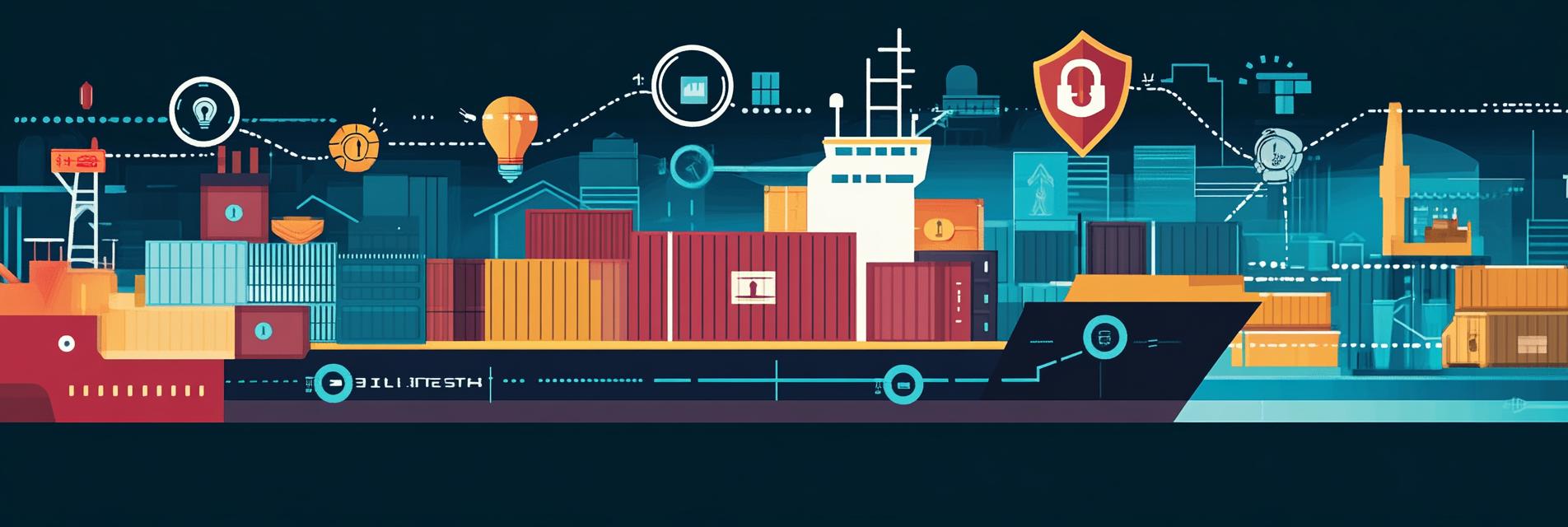 400-076-6558智领未来,外贸超级营销员
400-076-6558智领未来,外贸超级营销员
 400-076-6558智领未来,外贸超级营销员
400-076-6558智领未来,外贸超级营销员

In the fast-paced world of international logistics, security is often taken for granted. Many businesses assume their shipments are safe simply because they adhere to standard protocols. However, what if I told you there are hidden security risks lurking in the shadows of the supply chain? As someone who has navigated the complexities of logistics for years, I’ve seen firsthand how overlooked vulnerabilities can lead to significant disruptions and losses. This article will explore these hidden threats and offer actionable solutions to safeguard your business.
The global logistics sector is worth approximately $4 trillion, and it is predicted to grow by 4-5% each year. Yet, with this growth come increasing risks. A report by the International Chamber of Commerce (ICC) reveals that 23% of businesses experienced a security breach in their supply chain last year. This poses a grave concern for companies relying heavily on international logistics.
Take the case of a major electronics company that suffered a severe setback when a shipping container was compromised. While the initial focus was on theft, further investigation revealed vulnerabilities in both vendor security measures and inadequate tracking technology. The end result? A loss of over $10 million and irreparable damage to their reputation. This story is not unique; many companies face similar challenges.
The key to effectively addressing security threats is identifying the main pain points in logistics management:
Now that we’ve identified key pain points, let’s discuss some of the hidden security risks you must be aware of:
According to the 'State of Logistics Security 2023' report, companies experiencing security breaches face an average cost of $1.4 million per incident. These incidents lead to unsatisfied customers and lost revenue—a risk no business can afford.
To combat these hidden threats, businesses must adopt a multi-faceted approach:
As I conclude this exploration of hidden security risks in international logistics, I hope you feel empowered to take action. Don’t allow your business to become another statistic in the growing list of supply chain vulnerabilities. By identifying pain points, understanding risks, and implementing robust security practices, you can safeguard your operations and maintain a competitive edge in the logistics landscape.

.png?x-oss-process=image/resize,h_100,m_lfit/format,webp)
.png?x-oss-process=image/resize,h_100,m_lfit/format,webp)

.png?x-oss-process=image/resize,h_100,m_lfit/format,webp)
.png?x-oss-process=image/resize,h_100,m_lfit/format,webp)
.png?x-oss-process=image/resize,h_100,m_lfit/format,webp)
.png?x-oss-process=image/resize,h_100,m_lfit/format,webp)
